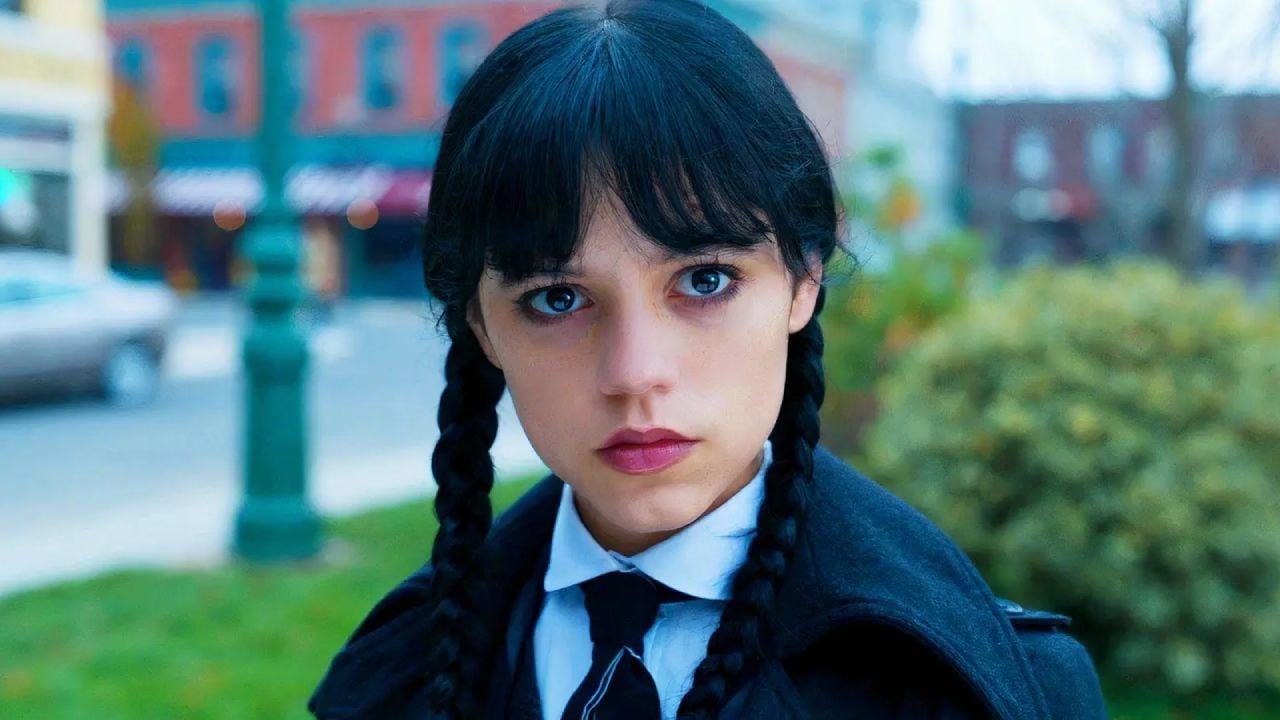Even breaking audience records between the 90s and 2000s, some cartoons you watched as a child have aged poorly and no longer fascinate audiences today.
With the increasing production of new animations, more elaborate narratives and the expansion of streaming platforms, iconic works like “The Flintstones” and “Thundercats” have ended up becoming treasured memories for their fans.
It is worth mentioning that all the cartoons mentioned in the list can be watched on the platforms Maximum AND First Video.
10 cartoons you watched as a child, but which have aged poorly
The Thundercats (1983)
Created in 1985, “Thundercats” is one of the most iconic cartoons of the 1980s. It mixes action, fantasy and science fiction, telling the story of the survivors of the planet Thundera, produced by Lion-O, in their fight against evil. Mumm -Ra and other evil forces in a new world.
The series’ initial success was enormous, cementing itself as a classic for the generation that grew up with it. Despite its cultural impact, the franchise’s popularity did not remain at high levels in the following decades.
Isolated episodes, without continuity and depth, have aged compared to modern series with more complex story arcs. “Transformers” and “He-Man” found new ways to reinvent themselves, but “Thundercats” failed to offer anything truly endearing beyond nostalgia.
KDN: Turma do Bairro (2002)
The cartoon focuses on the adventure of five children who participate in a secret organization against adult authoritarianism. They identify themselves by their numbers, Nigel (Number 1), Hoagie (Number 2), Kuki (Number 3), Wallabee (Number 4) and to. Abigail (Number 5).
The organization called “Kids Next Door – KND” is located in a tree house where technological weapons developed by them are hidden.
KND embodies the image of a specific generation that grew up in the 2000s and hasn’t aged so well. The focus on the battle between children and adults may not have as much resonance among the younger generation, who have other cultural references and types of entertainment.
Unlike other 2000s series that have had reboots or spinoffs (like “Ben 10”), KND has not officially been revived. Attempts like “Galactic: Kids Next Door” never took off, which limited the franchise’s reach to new audiences.

The Cow and the Hen (1997)
“The Cow and the Hen” follows the unusual adventures of two brothers: an optimistic and innocent cow and a sarcastic and short-tempered hen. Raised by human parents, who appear only from the waist down, the two live in completely surreal situations, full of comedy and strange characters, such as the villain “Bum Defora”, a diabolical red character who often appears to upset their lives.
With irreverent humor and bizarre moments, the series explores themes of friendship, family and everyday madness, always with an exaggerated and absurd twist. “The Cow and the Hen” contained nudity and a somewhat heavy narration for the time and, considering the current context, is not suitable for an animation for children.

Dexter’s Laboratory (1996)
Who doesn’t remember the red-haired boy who wore glasses, wore a white coat and always had trouble hiding his secret. This is the world of Dexter, the boy who hides a secret laboratory behind his bedroom door.
He dedicates himself to creating gadgets and solving the greatest mysteries of the universe. He has to deal with the constant traps of Dee Dee, his older sister, curious and born destroyer, who always finds a way to enter the laboratory and sabotage his creations.
The cartoon was based on repeated formulas, such as Dexter’s inventions being sabotaged by Dee Dee or his attempt to hide the laboratory from his parents. This may have limited appeal. Without much character development, as many contemporary shows do, the formula left “Dexter” feeling a little dated.

The Flintstones (1960)
“The Flintstones” tells the life and difficulties of Fred, Wilma and Pedrita, a family who lives in the town of Bredock and relies on the friendship of their neighbors, Barney and Betty Rubble, parents of little Bamm-Bamm. The series offers a comedic and critical view of 1960s society, adapting contemporary problems to the Stone Age.
The design reflects the values of the time, with traditional gender roles, women as housewives and men at work, which no longer reflect current society. While cartoons like “The Simpsons” or “Family Guy” explore modern social satire, “The Flintstones” remains stuck in the era.

Johnny Bravo (1997)
The cartoon “Johnny Bravo” plays with the egocentric, womanizing stereotype that always fails when it comes to winning over women. Therefore, it fits well with what is now called “Straight Top”.
The cartoon unfolds with weak narration and Johnny’s unique perspective that doesn’t evolve much over the course of the episodes. This identity bores current viewers who expect a different and profound long-term development from a series.

My Classmate Is a Monkey (2005)
This is a totally Cartoon Network-like work with elevated humor and a touch of surrealism. Adam Lyon is a young transfer student at a school attended entirely by talking animals. He befriends Jake Spidermonkey and together they face the challenges of a chaotic school environment.
Chaotic humor and the frequent use of exaggerated jokes, often based on absurd situations, are no longer so popular among children. Younger generations tend towards narratives with greater emotional depth, as we see in the “Steven Universe” or “Adventure Time” cartoons.

The Smurfs (1981)
Little blue citizens live in Smurf Village while hiding from the evil Gargamel. A simple script for its time, but one that won some fans around the world. The work of the Belgian cartoonist Peyo disappoints the current generation precisely because of its simplicity, which no longer enchants children.
Besides the narrative, another crucial point of loss of interest is the lack of female representation. The cartoon takes place in a scenario of only male gnomes who often do not appreciate the only woman among them, Smurfette.

Rocket Power (1999)
“Rocket Power” follows the adventures of Otto, Reggie, Twister and Sam, a group of friends passionate about extreme sports. With lots of adrenaline and adventurous spirit, the design captures the essence of the extreme sports culture of the 2000s.
“Rocket Power” is another animation that has lost its appeal due to the repetitiveness of the episodes, as well as dated aesthetics and production compared to current animations.

Pretty Strange Parents (2001)
With a mix of absurd humor, magical adventures and eccentric characters, “The Fairly OddParents” introduced the viewer to the experiences of Timmy Turner, who lives a difficult life, ignored by his parents and tormented by his evil nanny, Vicky.
Everything changes when he discovers that he has two magical godparents, Cosmo and Wanda, who can make any of his wishes come true.
The repetition of plots around desires that go awry and the need to fix situations, the addition of characters to “fill the sausage” have worn out the original formula and disfigured what was previously just Timmy, Cosmo and Wanda. The lack of narrative innovation made the episodes predictable, which demotivated both children and older fans.

The 10 Cartoons You Watched As A Child But Just Got Older appeared first on Olhar Digital.
Source: Olhar Digital
Rose James is a Gossipify movie and series reviewer known for her in-depth analysis and unique perspective on the latest releases. With a background in film studies, she provides engaging and informative reviews, and keeps readers up to date with industry trends and emerging talents.








